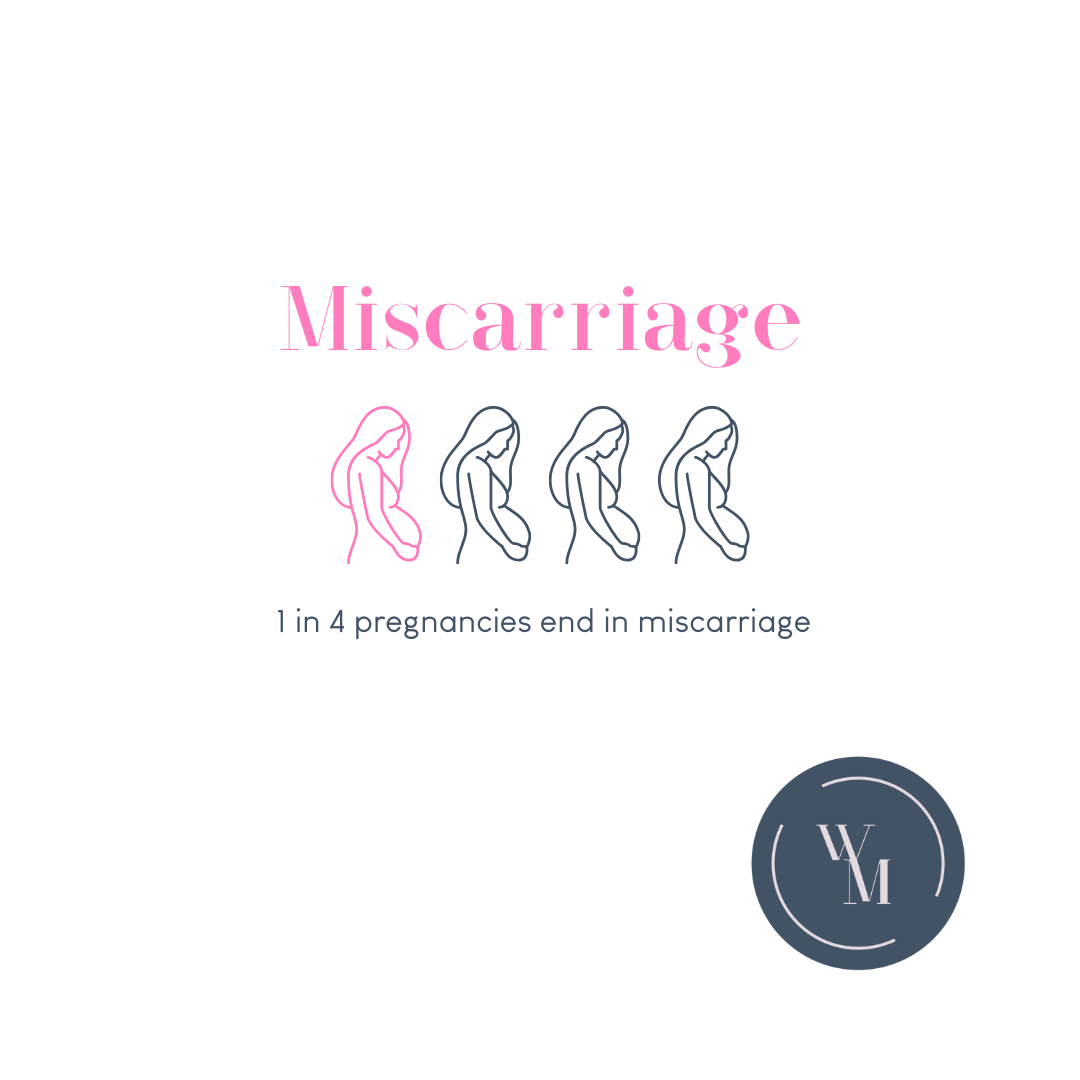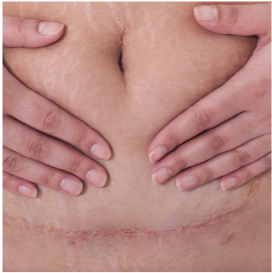3 Things To Optimize Lactation
I often get asked by patients what they can do to improve success with Lactation during pregnancy so below are my 3 recommendations:
Have you ever wondered why for some women the pushing stage of labor can be 5 minutes and for others it can be hours ?
As a Pelvic PT there are 3 main things I look at:
1. Pushing Strategy: being effective with both open and closed glottis pushing strategies and utilizing each pushing strategy to control desired pressure and intensity.
Benefits of Pelvic Floor PT for Infertility
nfertility affects 72.4 million people worldwide, which can result in emotional distress and unexpected challenges on the path to parenthood.
Infertility is a dysfunction in the male or female reproductive system defined by the failure to achieve or maintain a pregnancy after 12 months or more of regular unprotected sexual intercourse for those <35 years old, and after 6 months of trying for those over 35 years old.
The role of the pelvic floor during the pushing stage of Labor
Heavy Lifters focus on their breathing and muscle performance to achieve incredible power and strength, the same is true for pushing a baby out. The combination of your pushing strategy with coordination of core compression and pelvic floor relaxation is key for effective pushes!
How to push a baby out
Today on the blog we are discussing pushing strategies!
There are 2 types of pushing strategies used during the second stage of labor, Closed or Open glottis and both can either be coached or occur spontaneously.
Flange Fit & Why It Matters
On average, one year of breastfeeding equates to 1,800 hours of time compared to a full time job that is 1,960 hours so it is very clear that breastfeeding is a full time job in itself. The majority of breastfeeding individuals find at some point in their feeding journey that they need to use a breast pump, so ensuring that you have a properly fitted flange is essential.
Overactive Bladder
The American Urology Association in partnership with the Society of Urodynamics, Female Pelvic Medicine and Urogenital Reconstruction released the 2024 clinical practice guidelines for the diagnosis and treatment of overactive bladder (OAB).
Overactive bladder is defined as urgency with or without urinary incontinence, often accompanied by frequency and nocturia (night time voiding).
Overuse Injuries in Young Athletes
With spring sports season in full swing we want to dive into the new study that the American Academy of Pediatrics just published in January 2024 regarding overuse injuries, overtraining, and burnout in young athletes.
There’s no question that children and teens experience numerous physical and mental health benefits from participating in organized sports but according to the newly published study, 70% of them will drop out by the age of 13. This is a huge problem because dropping out of organized sports plays a major role in 75% of adolescents not getting the recommended amount of physical activity for their age.
Blood Flow Restriction Therapy
Blood Flow Restriction Therapy (BFRT) is defined as “the brief and intermittent occlusion of arterial and venous blood flow using a tourniquet while at rest or exercising”.
Endometriosis: What is it and how can Pelvic PT help?
Endometrial tissue lines a woman’s uterus and each menstrual cycle our body grows a new endometrium (uterine lining) to prepare for a fertilized egg. Endometriosis is defined as the presence of endometrial tissue outside of the uterine cavity. These cells can grow anywhere in the body, and are often associated with inflammation, severe and chronic pelvic pain, and infertility. Endometriosis affects about 5.5 million reproductive-aged women in the United States.
Clogged Milk Ducts & Treatment
The American Academy of Pediatrics (AAP) and World Health Organization (WHO) currently recommends that infants be fed breast milk exclusively for the first 6 months after birth, with continued breastfeeding along with introducing appropriate complementary foods for up to 2 years of age or longer. That recommendation is ideal but much easier said than done. There are many challenges along the way for breastfeeding moms and breast pain with feeding is the most common reason for earlier than desired weaning.
Hemorrhoids in Pregnancy
What are hemorrhoids?
Hemorrhoids are swollen blood vessels in and around the anus and lower rectum which make it very painful to have a bowel movement. They are extremely common and according to the Cleveland Clinic about 30-40% of pregnant women experience them.
TIPS for how to reduce pain with a speculum exam .
Did you know more than 12,000 women are diagnosed with cervical cancer every year, yet 93% of cervical cancers can be prevented through screening with Pap smear and HPV vaccination.
The American College of Obstetrics and Gynecology recommends Pap smears to begin at age 21 and repeated once every 3 years.
When polling women on why they most commonly miss their Gyn visits the most common answer was "pain or discomfort with exams"
Miscarriage 101
Miscarriage is physically hard, heartbreaking, and unfortunately extremely common; 1 in 4 known pregnancies will end in one. There are numerous different reasons that a miscarriage may occur and the majority of the time it is completely out of your control. If you have experienced a miscarriage, the team at Women in Motion holds space for you. During this extremely hard time, lean on your village and please don’t forget that you are strong and you will get through this.
Vulvodynia
It is estimated that 1 in 4 women suffer from a pelvic pain condition impacting a couple's sexuality and intimacy, activities of daily living and psychological well being.
In fact vulvodynia is the leading cause of pelvic pain in perimenopausal women.
UTI symptoms but don’t have a UTI. Now what?!
A urinary tract infection is an infection of the urinary tract. They are very common and can be treated with antibiotics. The urinary tract has two parts; the upper and lower. The upper part consists of the ureters and kidneys and the lower part is made up of the urethra and bladder. All of the organs work together to aid in urination…
C-section Scar Desensitization
Your birth provider cuts through SEVEN layers during a cesarean section, this is a major abdominal surgery. Many sensory nerves can become traumatized during this procedure making the scar and surrounding skin sensitive to various textures, clothing, and touch. Don’t worry our bodies are so resilient and the cool things about nerves is that they regenerate.
Cording: A common post-op complication to breast cancer surgery
Have you had breast cancer surgery and experiencing sharp or pulling pain in your armpit?
If so, you may be experiencing cording, a common, side effect of lymph node removal following breast cancer surgery. Most people with breast cancer have this type of surgery to ensure that the cancer doesn’t spread to other parts of their body, and 20% of them will develop the condition called cording. Thankfully, there’s relief, and early detection is key to a full recovery.
Prostate Cancer
Prostate cancer is one of the most common cancers in American men. It is estimated that about 1 in 8 men are diagnosed during their lifetime and 1 in 41 will die from the disease. While a serious disease, most men with prostate cancer can continue to thrive with appropriate surgical treatment and monitoring for recurrence. As of January 2022, it is estimated there are 3.5 million living prostate cancer survivors in the US.




















